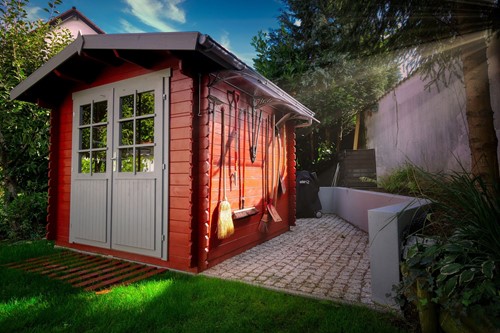
A growing number of homeowners invest in in-law apartments each year as a way to expand their square footage to accommodate family members. According to data from Freddie Mac, upwards of 1.4 million single-family homes include an in-law dwelling.
Regardless of the reason to make the home improvement, property owners often spend the money knowing the additional living space will likely increase property value. To take the savings further, everyday people may want to consider converting a shed into an in-law apartment tiny home.
It's essential to avoid making what some might consider an apples-to-oranges comparison. When calculating costs, it makes sense to compare the renovation costs of a garage or attic with an existing outbuilding. If adding another room to the house is required, that cost would mirror constructing or purchasing a prefabricated tiny home.
A number of remodeling estimate guides can be leveraged online to give you a general idea of how much your project will cost. Fair comparisons call for a dollar amount per square foot of living space. There are essential construction elements that can distinguish the two approaches, including:
Adding up all of these costs as well as those unique to your renovation will help articulate upfront investment. In terms of the cost between a tiny house and a home addition, it may prove useful to gather quotes from professionals in your area. While the math will fall one way or the other, true value may reside in the quality of life.

The combination of seasoned expertise, specialized market knowledge, exceptional personal service, and superior negotiation skills, makes Anh the unparalleled choice for your next real estate transaction.